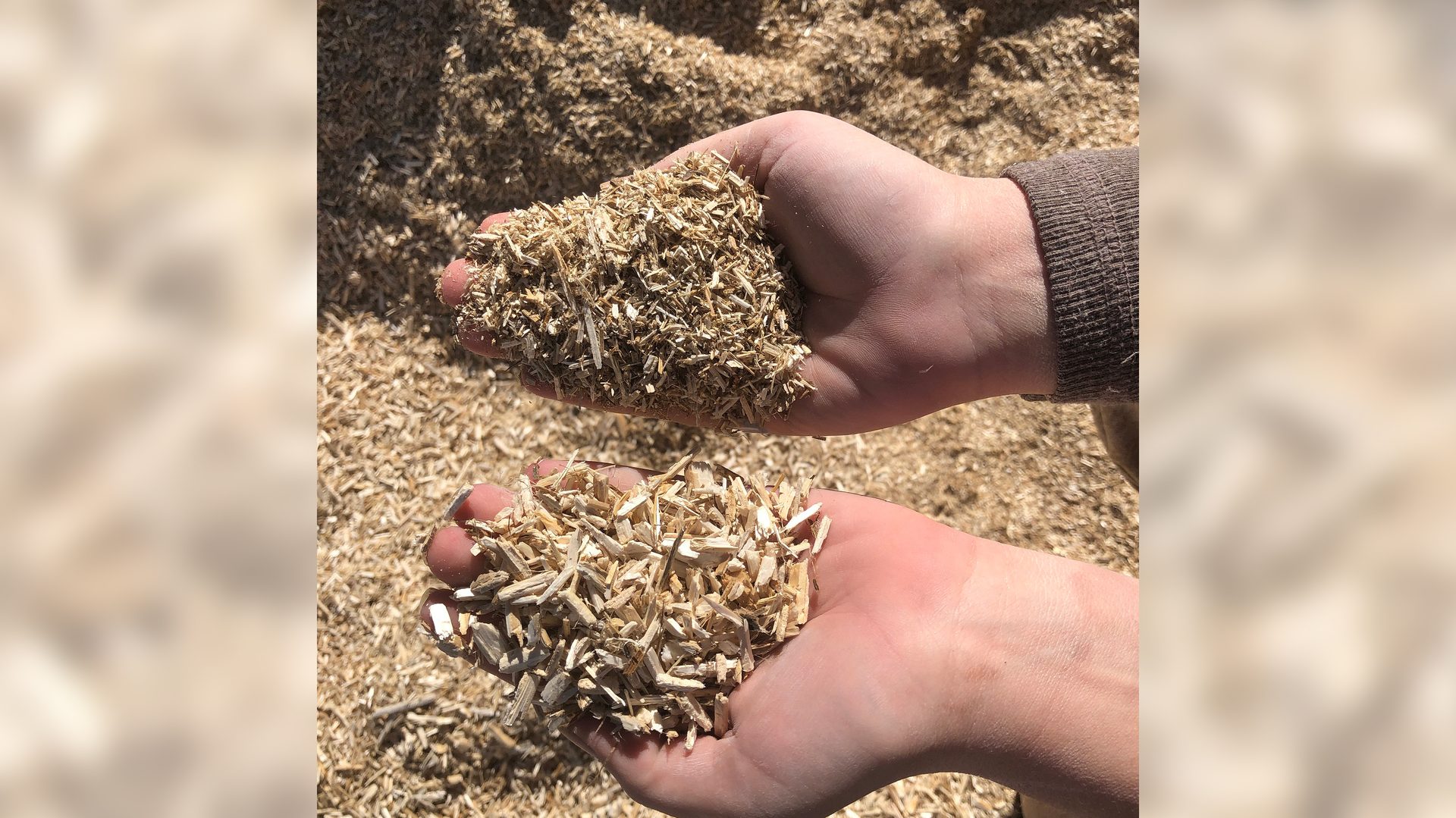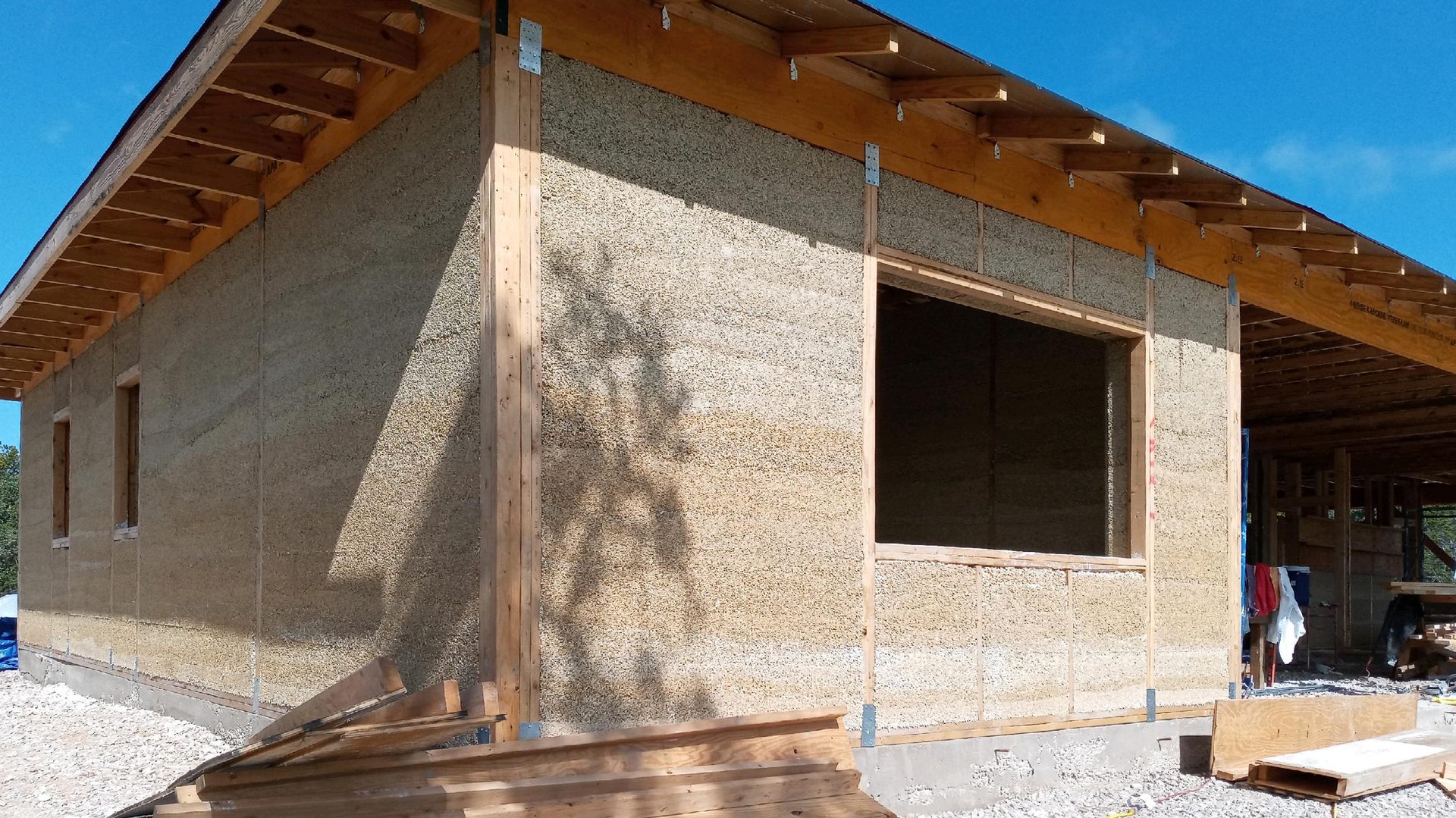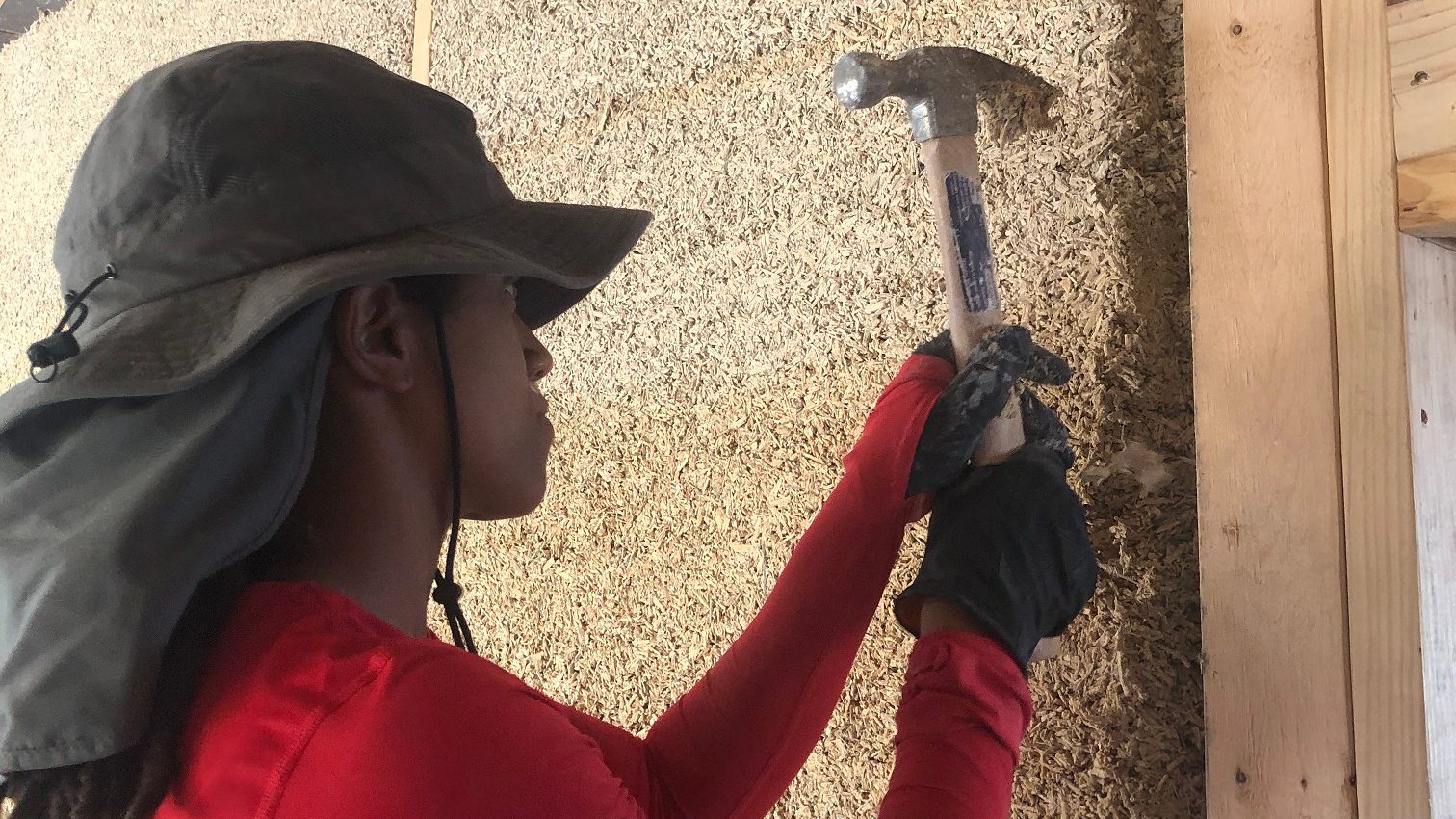Hemp as a Raw Building Material (Part 2)
The second part of this column discusses how hemp as a raw material is used, and its various properties.
Art & Craft of Plastering
Patrick Webb
In our introductory article on Hemp as a Raw Building Material, we learned a little bit about the biological characteristics of hemp as a plant and how it has been utilised for a variety of medicinal, textile, and dietary needs for thousands of years. In the past few decades, hemp has been increasingly grown as a principal material in construction. As a heritage plasterer, I’ve personally used hemp hessian cloth (or burlap) for years as a reinforcing material for fibrous plastering such as mouldings and ornamentation. However, Hempcrete goes beyond such limited decorative application to serve as the main component of the structure itself, principally the walls, but occasionally extending its application to the roof and floors as well.
What is Hempcrete?
Plaster is typically a composition of three things: a binder, an aggregate, and water. To this mix sometimes fibers are added to contribute tensile strength. Hempcrete takes this latter property to an extreme by using the woody shiv (or hurd) or the plant as the aggregate. A smaller percentage of fibrous fines are included in the blend, that in limited quantities contribute to tensile strength. This fibrous mix is then poured into forms and allowed to set. There are a variety of binders that can be used and there are at least three different ways of forming up hempcrete.
First, what do we use to bind all of the hemp material together? Although hemp is naturally resistant to rot and fungus, it is still organic and thus susceptible if kept moist for extended periods of time. This is a risk that must be taken into consideration during the construction phase as walls are typically constructed 12 to 16 inches thick. Binders having a chemical set that consumes much of the water are advantageous for this reason. Examples of such “hydraulic” binders that have been successfully used to make hempcrete are hydraulic lime, Portland cement, gypsum-lime blends, and air lime hydrate with active pozzolans. An important property of all of the aforementioned binders are that they are highly alkali which inhibit mold and bacterial growth until the hempcrete has a chance to fully dry.




How Hempcrete is Used
Working with hempcrete is nothing particularly unusual for construction as it is all form based. For emerging markets this is usually done on-site around standard wood framing. The 12- to 16-inch wall thickness allows for several standard framing options. The framing members can be set to the interior, exterior, or the middle of the wall. In any case, spacers are used to hold the typically temporary OSB or plywood panels off the framing to establish the desired thickness. Some builders opt to use a system of double framing thus eliminating the need for spacers entirely.
Into the cavity formed by the panels, the mixed hempcrete material is dumped and lightly tamped by hand or with hand-held tampers. Depending on the hydraulicity of the hempcrete, panels can be moved up in hours, or the next day, allowing work to continue on pace. Such on-site formed panel construction should be done with temperatures above freezing for a couple of months after completion so that the hempcrete has opportunity to dry sufficiently.
For markets where hempcrete is more established and there exists supporting manufacturing infrastructure, hempcrete is available preformed into blocks that can be mortared around framing or even large panels that already are structural, which eliminates much of the on-site framing requirements. Such preformed alternatives are available in much of the UK and EU and have the advantage of a rapid assembly of hempcrete that is already completely dry upon delivery, allowing for construction to proceed throughout the year.
There are also applications of hempcrete in ground story slab construction, as well as an infill between joists and rafters for additional floors and rooves.
Properties of Hempcrete
Hempcrete is not a material with a sufficiently strong compressive strength to be relied upon for the principal structural load. That said, it does contribute significantly to the overall shear strength of the structure. However, the property most appreciated of hempcrete is its insulative value. R-values of approximately two per 1-inch thickness can be expected from properly mixed materials; a total R-value of 24 to 36 for typical walls. Moreover, an R-value measurement isn’t the end of the story of its thermal and acoustic performance. Hempcrete is a dynamic material, naturally vapor-permeable. This ‘hydroscopic’ behaviour allows hempcrete to act as a moisture reservoir during periods of high humidity, releasing it again as the environment dries out, which further balances indoor temperature, humidity, and overall air quality beyond what a simple R-value calculation might indicate.
Much has been expressed regarding the global environmental benefits of using an annual crop such as hemp as a primary building component, as well as the energy savings from using such an insulative material. Nevertheless, there is also an advantage of “thinking small”, that is to say inhabiting a healthy home. Hempcrete combined with traditional plaster finishes creates a monolithic building assembly. The capillary nature of particularly lime plasters, keeps the woody hemp and any structural timbers dry and safe from rot. Not only are hemp, the binders, and the traditional plaster finishes non-toxic, they contribute significantly and actively to improved air quality. Finally, hempcrete is a non-flammable material and walls built with hempcrete help make structures extremely fire resistant.
In our next article, we’ll consider some ways in which plaster floors and walls are used in hempcrete construction.
Photos courtesy of Texas Healthy Homes.
Patrick Webb is a traditional and ornamental plasterer currently instructing as Adjunct Professor of Architectural Plastering at the American College of the Building Arts in Charleston, S.C. Additionally, he serves as senior technical consultant for heritage plaster manufacturer Plâtres Vieujot, providing services to architects to assist them in properly specifying plaster and plaster systems. He can be reached at webbp@buildingartscollege.us.
